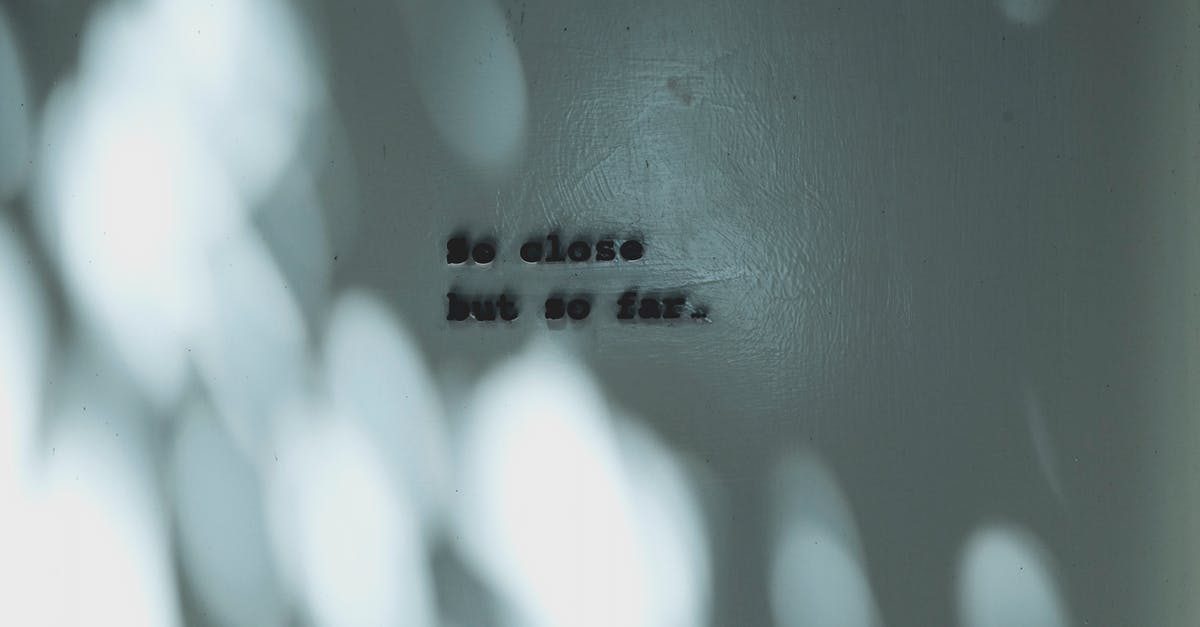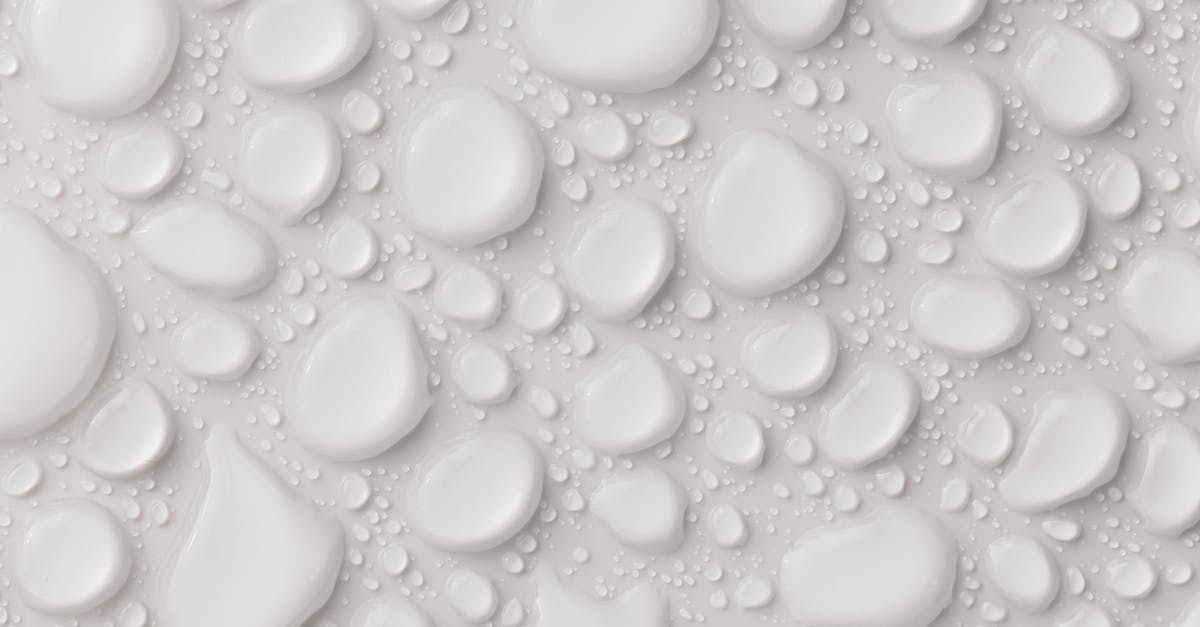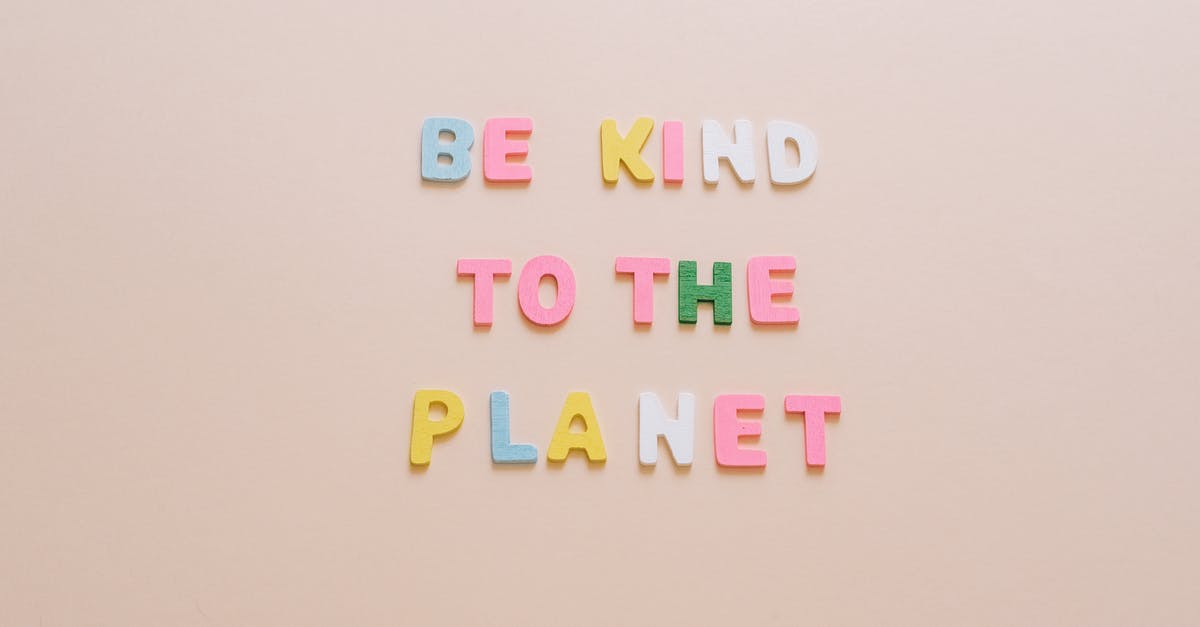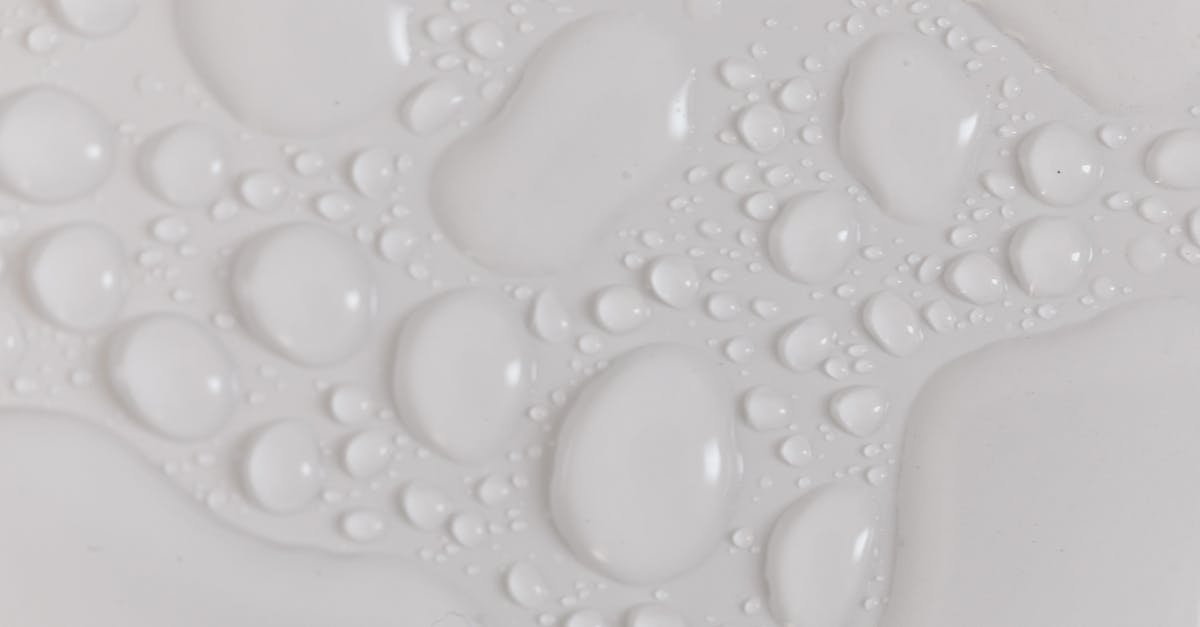How are 3D still shots or "time stop" effects created?

I am always amazed by 3D still shots in which the action freezes and a character is able to walk around and the people are frozen like statues. How do they do that?
Some of the famous movies featuring 3D still shots:
The Matrix (1999)
Clockstoppers (2002)
circus scene in Big Fish (2003)
Cashback (2006)
The bar scene in The Other Guys (2010)
Quicksilver scene in X-Men Apocalypse (2016)
The movie "Clockstoppers" completely revolved around this time stop effect.
Best Answer
Beyond the simple freeze frame, there are essentially three methods of "stopping time," which may be mixed and matched as needed.
Multiple Camera Arrays: AKA "Bullet Time Rigs" are used to move the camera laterally in a single instant of time. They work by lining up a large number of identical cameras and taking a still or (less often) multiple frames in sync, which can then be sequenced in post to produce a moving image. This was made famous by its extensive use in The Matrix, of course, but was first seen in high-end car commercials. The disadvantage of this technique, aside from its on-set complexity, is that the shot has to move--either horizontally or vertically--because the cameras can't obstruct one-another's shots.
Photogrammetry: This is the technique of reconstructing a scene as a 3D model in post. Still photographs are mapped directly onto virtual geometry. The source photographs can come either from a "bullet time" rig, stills shot by the effects team, or even the original filmed footage. The first extensive use of this technique was in Fight Club, to create impossible shots like the truck back through a car bomb, the "space exploration" shot flying through an office trash can, and even the surreal sex scene. The geometry (and here we begin to see the disadvantages) must be pieced together by specialized 3d tracking software with careful hinting by the effects artists, or generated by an on-set 3d mapping system--typically an expensive LiDAR system. Any camera move is possible, but fine details like hair and leaves are difficult to reconstruct, and even with the best systems a lot of man hours must typically be sunk into cleaning up the resulting 3D model and its textures.
Mimes: Sounds funny, but mimes are very highly trained movement specialists who can--among other things--hold still for a very long time! Made on a fairly modest budget, Clockstoppers used mimes extensively to save on special effects. Under the broader (and less tongue-in-cheek) category of "faking it," prop fabricators may be called on to model the splash of a tipped-over glass of milk (in silicon or another lookalike substance), pre-crumple and jack up the rear of a car to "freeze" it mid-collision, or anything else that can be realistically built.
As I mentioned, these techniques are often mixed and matched as needed. An actor might be hung on a wire, with glass breaking around her added in post. A bullet time rig might photograph the actors and foreground set, with the background created in pure photogrammetry. Special effects are about faking it just enough--and just long enough--to keep you engaged with the story.
Pictures about "How are 3D still shots or "time stop" effects created?"



How are freeze frame commercials made?
The actor is wearing a wire suspended from the ceiling so that he can fall only part-way or appear to float in mid-air. Once the scene is shot, software similar to morphing software interpolates between the images to allow the slow-motion feel. The filmmaker can therefore slow down or speed up the action at will.How do they freeze time in movies?
Multiple Camera Arrays: AKA "Bullet Time Rigs" are used to move the camera laterally in a single instant of time. They work by lining up a large number of identical cameras and taking a still or (less often) multiple frames in sync, which can then be sequenced in post to produce a moving image.How do they create special effects in movies?
Special effects have also been created mechanically on the set through the use of devices such as wires, explosives, and puppets and by building miniature models to simulate epic scenes such as battles.HOW TO FREEZE TIME ? - TUTORIAL
More answers regarding how are 3D still shots or "time stop" effects created?
Answer 2
The Quicksilver scene is explained at digitaltrends
What audiences see on the screen, it turns out, is an amalgam of multiple sequences filmed at different speeds and on different sets, blended together through the magic of visual-effects technology.
In order to capture various elements of the room caught in “Quicksilver time,” Stammers and the VFX team decided to shoot portions of the scene at 3600 frames per second using 3D Phantom photography – a speed that would allow time to appear just shy of frozen, but also retain the necessary 2K resolution.
To create the illusion of Quicksilver moving faster than everything around him, Peters was filmed on a treadmill and using a variety of wire-work stunts (in order to simulate running on the walls) at a more manageable 120 frames-per-second. Many of the close-up scenes featuring Peters’ face were filmed using a green-screen background, while other segments were filmed using a stunt double on a rigged-up version of the set that allowed his character to run up one wall and hop from the wall to floor without missing a step. The 120fps photography allowed the VFX team to manipulate the speed of certain portions of the sequence, creating the effect of Quicksilver casually accelerating and slowing down as he makes guards punch themselves or gives them a high-speed wedgie.
“We had a high-speed camera – a bunch of cameras – that were on rigs that were circling with him,” recalled Days of Future Past writer Simon Kinberg while promoting the film last year. “So most of that [scene] was shot in camera. … If you go on the Internet and search for super-high-speed photography, it’s all of those effects like where he touches the guy’s cheek and it bends. It’s just because the camera has been so sped up. It’s not a visual effect. The only visual effect in that movie is some of the stuff in the air. I mean, some of the stuff that’s flying through the air isn’t real, because we couldn’t control rice particles. But some of the things in the air are real. … Bryan had a very clear focus on what he wanted in that sequence.”
Answer 3
These "bullet time" scenes are usually filmed on an array of cameras arranged around the actor. Sometimes they're on a green screen set, sometimes not. There are dozens of cameras around the actor filming in sync. When they go to edit, they have the ability to switch between camera views, or even blend between them, so they can create moves around the action. Here's a YouTube video showing how it works:
Sources: Stack Exchange - This article follows the attribution requirements of Stack Exchange and is licensed under CC BY-SA 3.0.
Images: Henry & Co., Karolina Grabowska, Olya Kobruseva, Karolina Grabowska
